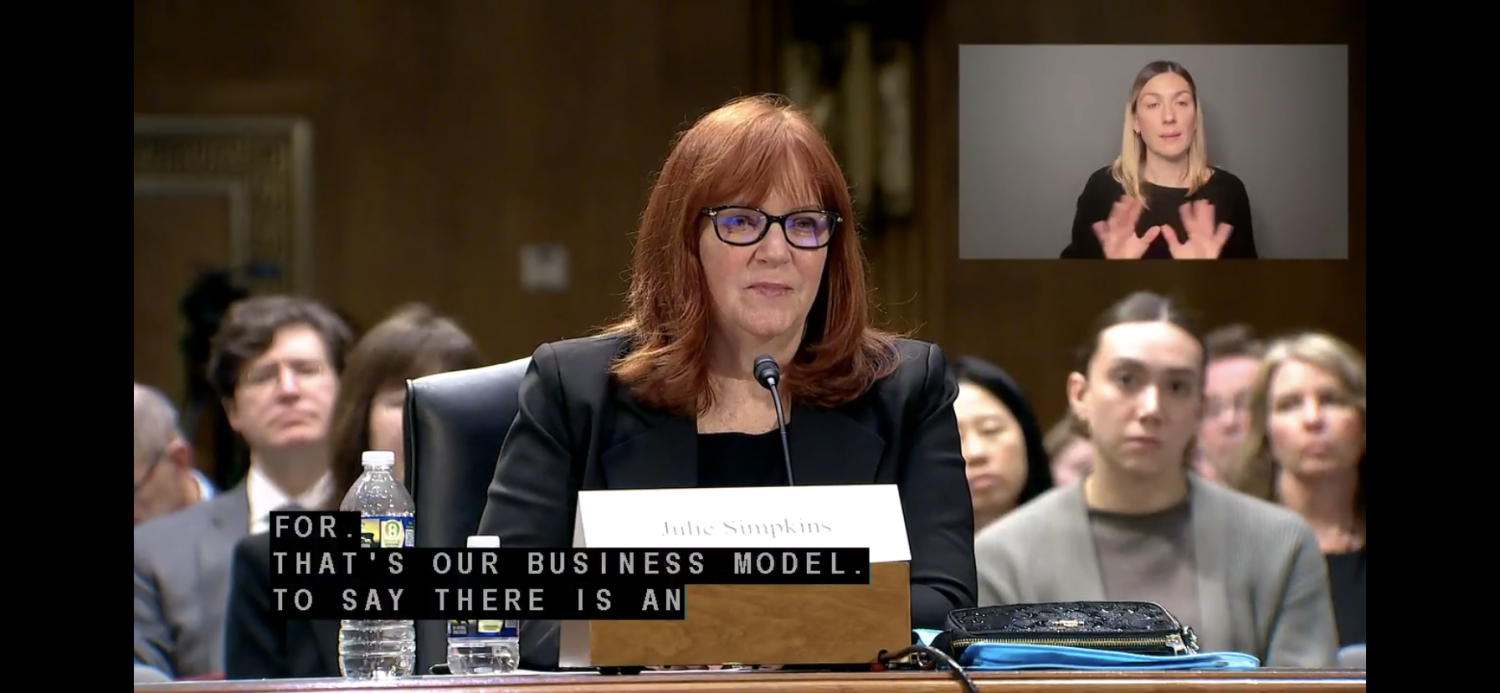By Rick Banas, Vice President of Strategic Marketing for BMA
Let’s get it out there right at the start. When it comes to our national debate about health care, I am biased.
Personally, I am a product of the 50s and 60s. I believe wholeheartedly in President John F. Kennedy’s inaugural statement that we should ask not what our country can do for us but what we can do for our country. I also believe we should take that one step further and not just ask but do.
Personally as well, I have a hard time forgetting the man from Canada who joined us early one Sunday morning for a quick nine holes of golf before visiting hours started at the hospital across the street from the golf course. His wife was there being treated for cancer. It was not that she was ineligible for treatment back home. The glitch was that untreated she was given six months to live, and the wait list for treatment back home was five months.
Professionally, I have worked in health care and senior living since the mid-1970s. The hot topic 35 years ago when I started was Hill-Burton. Back in the mid-1940s, the federal government had wanted to encourage the development and modernization of hospitals, nursing homes and other health care facilities to meet the needs of the rapidly growing population in the US. They passed the Hill-Burton Act, which made grant money available for this purpose.
Some 30 years after the fact, the federal government was coming back to those who had used Hill-Burton funds to say oh by the way. While we didn’t mention this when we granted you the money, you are now obligated to provide free care to those in need. The cost of this “free care” translated into higher charges for insurance companies and for those paying privately.
All this does not mean that I am anti health care reform. The hot topic of how do we care for those in need has not changed; and despite all of the rhetoric, health care reform is needed. Having those in need rely on the Emergency Room as their primary care physician and on the nursing home as their primary place of residence when they can no longer live at home is both inefficient and costly.
My hope is that many of the principles that are part of an extraordinary program here in Illinois called Supportive Living can be incorporated into whatever changes are made at the national level. The Supportive Living program is especially designed to make assisted living available to low and moderate income seniors (and for purposes of full disclosure, our company – BMA Management, Ltd. – is the largest provider of supportive living in the state).
It is simple.
From the standpoint of the older adult, so long as someone is 65 years of age or older, needs some help to maintain their independence but does not require skilled nursing care, and can either pay privately or qualifies for Medicaid, they can qualify for residency in a Supportive Living community. From the standpoint of the provider, the state regulates but does not over regulate Supportive Living. To the benefit of both residents and providers, personal choice, dignity, privacy and individuality are emphasized.
It is fair.
From the standpoint of the older adult, residents pay privately for as long as they have the financial resources to pay privately. If at the time of occupancy or at some point in time in the future they no longer have the financial resources to pay privately, residents pay to the extent that they have the financial ability to pay and the state, in effect, makes up the difference. From the standpoint of the provider, reimbursement rates are high enough to encourage providers to become involved in the program but low enough so that the state is saving considerable dollars. The state estimates that its costs the state at least 40% less if the older adult lives in supportive living than in a nursing home, which previously had been the only option.
This September, we celebrate the 10th Anniversary of the opening of the first Supportive Living Community in Illinois. Today, there are 115 Supportive Living communities located throughout Illinois. Together, these communities house more than 9,150 apartments.
The state estimates that 6,000 individuals on Medicaid benefited from the program in the last fiscal year alone.
More information about the Supportive Living program can be obtained by going to the Illinois Department of Healthcare and Family Services’ web site by clicking hereat or by visiting our company’s web site www.bma-mgmt.com
All affordable assisted living communities managed by BMA Management, Ltd. are certified and surveyed by the Illinois Department of Healthcare and Family Services. All assisted living communities are licensed and surveyed by the Illinois Department of Public Health.
“BMA Management, Ltd. is the leading provider of assisted living in Illinois
and one of the 20 largest providers of assisted living in the United States.”
What are your thoughts? Leave a comment and let us know.




